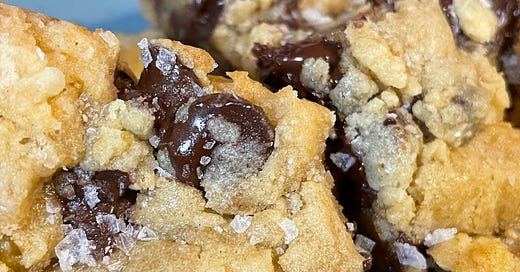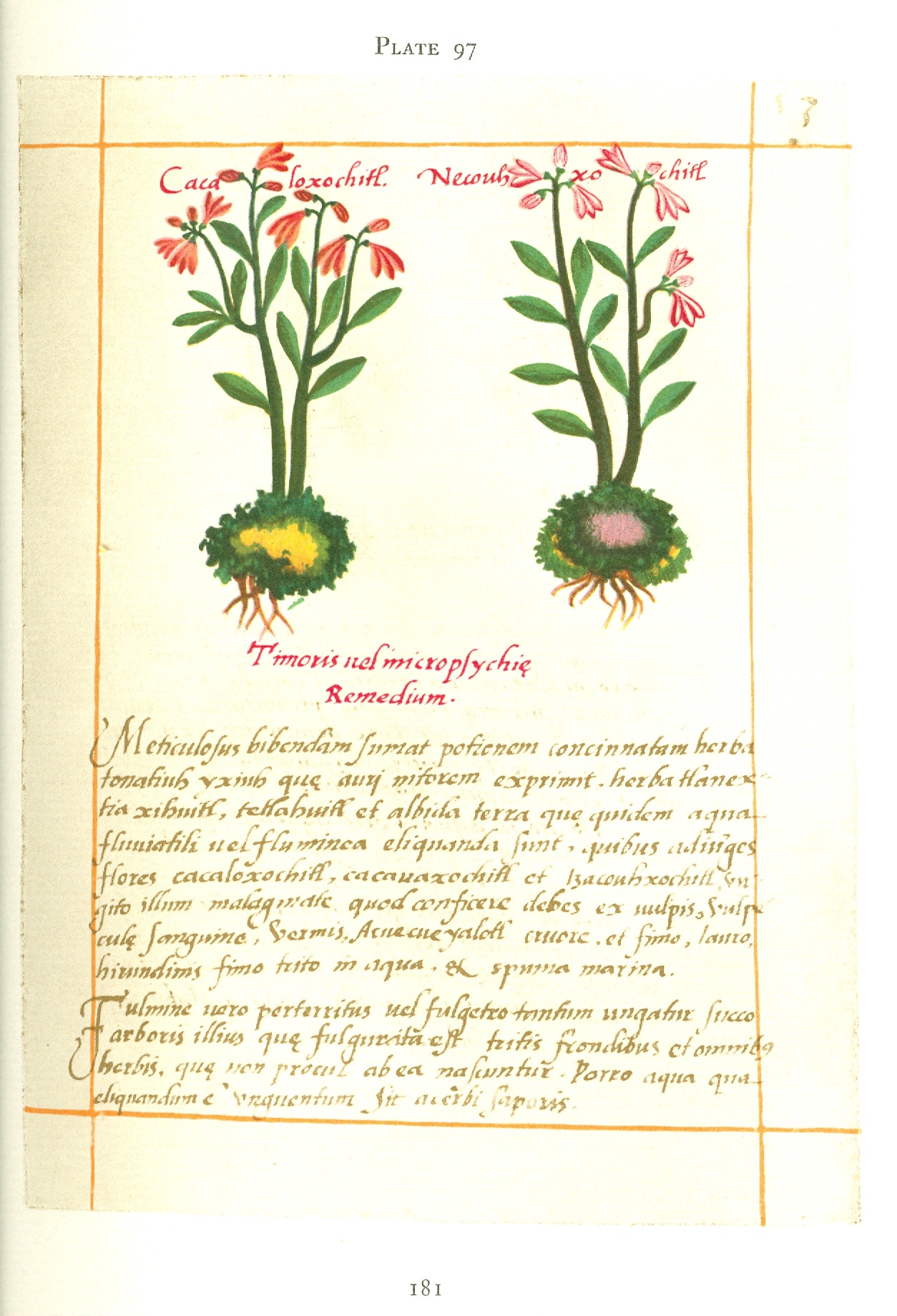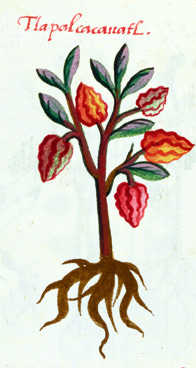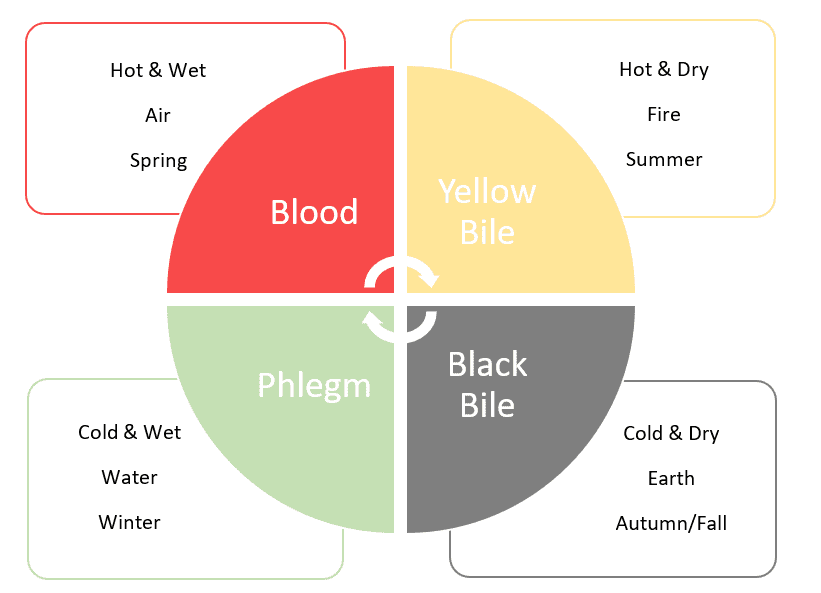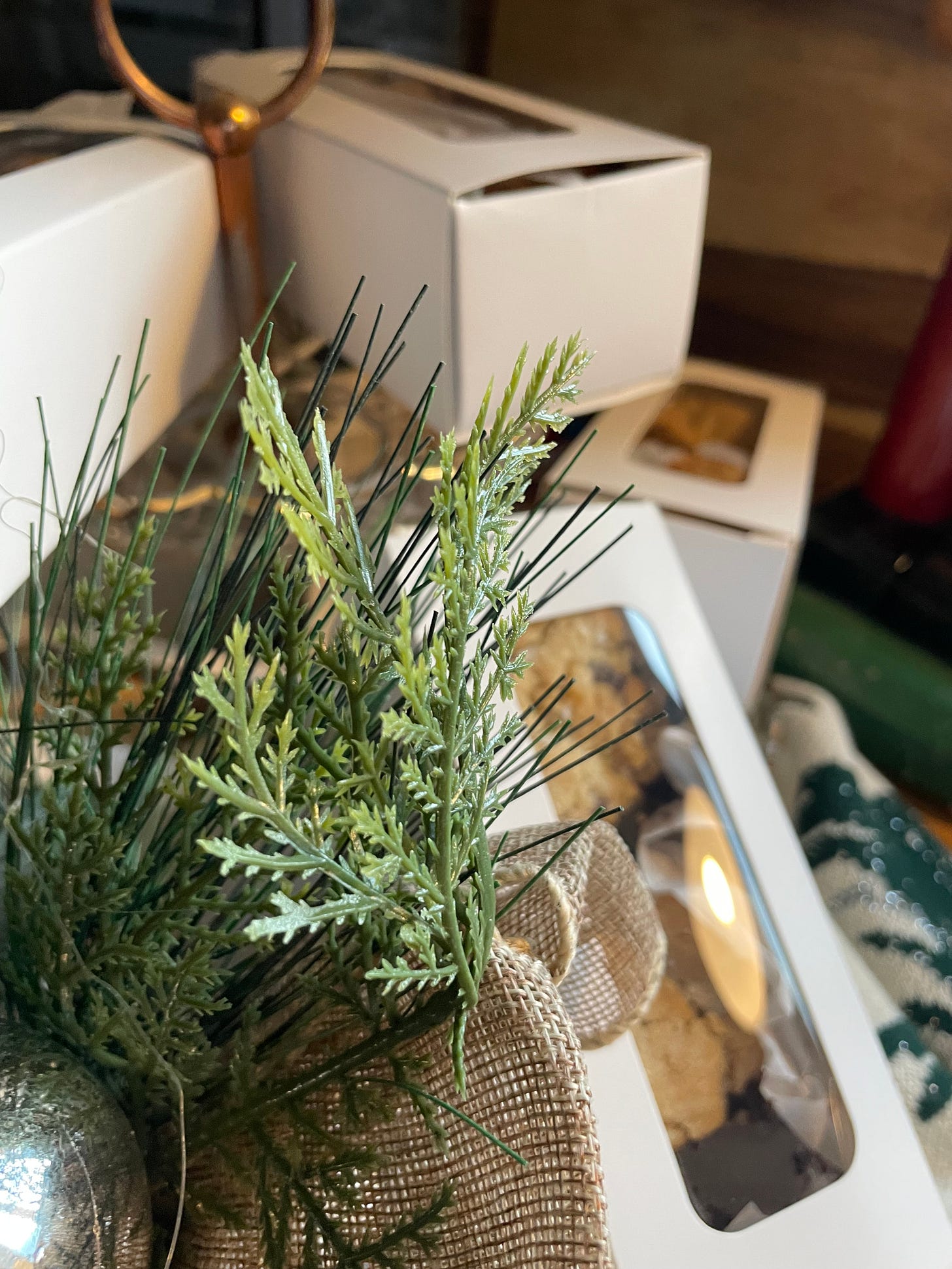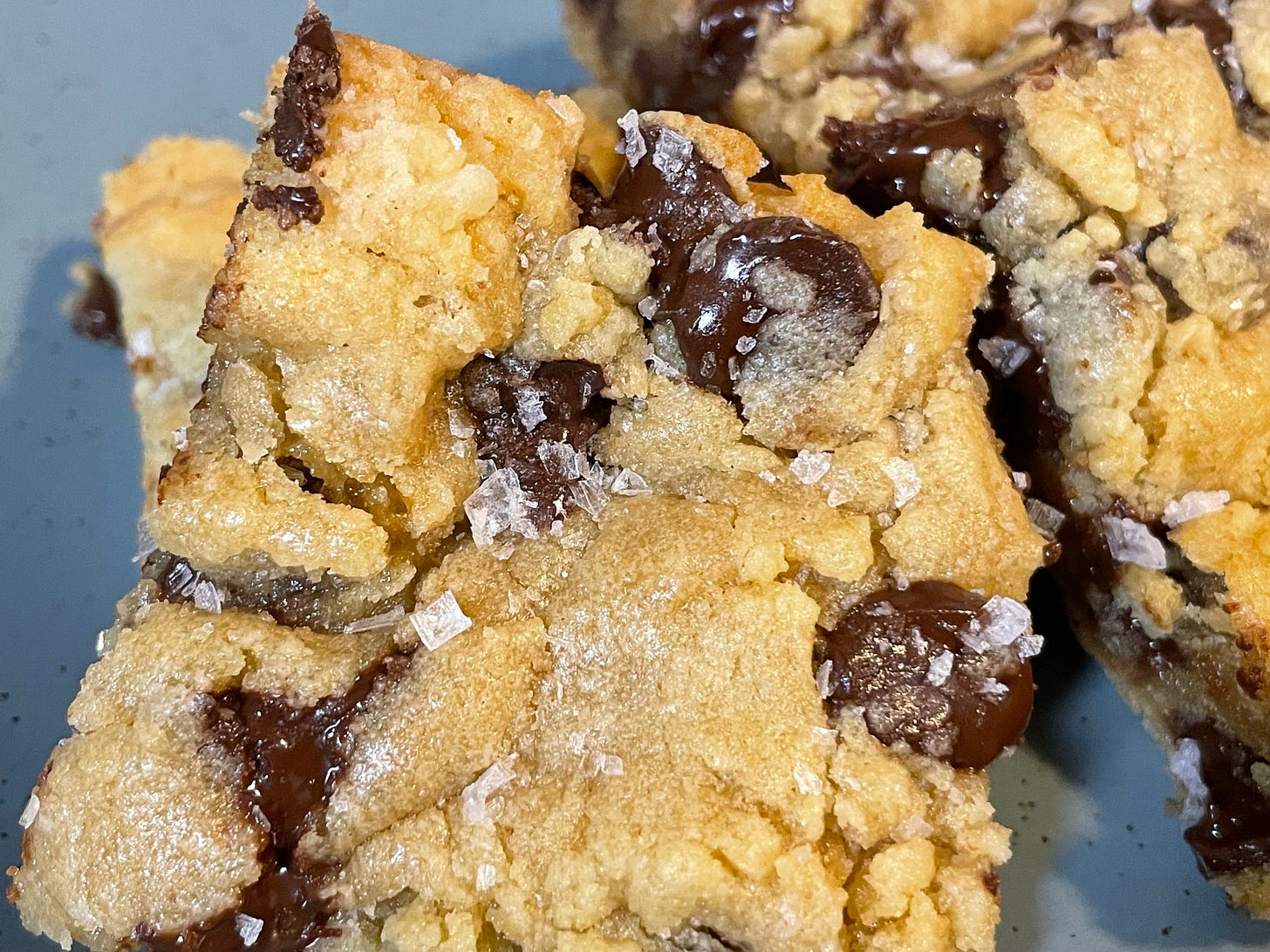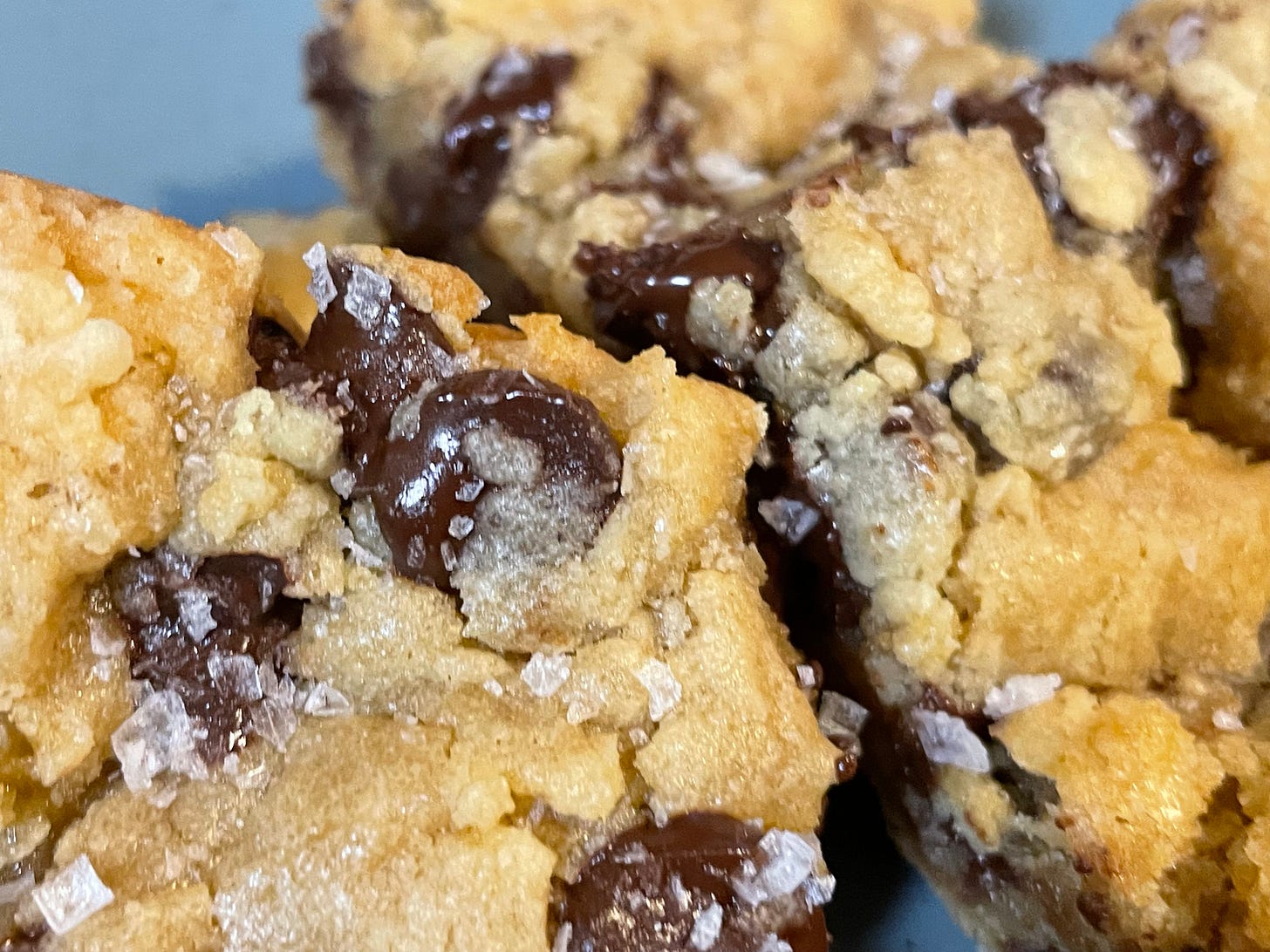My life is so damn hard sometimes, and I swear, nobody gets it. For this week’s recipe, I not only had to research the history and medicinal uses of chocolate for DAYS, which included going to used bookstores and browsing their food AND history sections, but I also had to purchase and then consume a ton of dark chocolate to find the perfect type for this recipe.
On top of that, I then had to spend an entire Saturday baking and listening to music. I know, I’m a saint.
During these horrible trials, I learned some interesting things about the origins of chocolate. Thanks for letting me info-dump all of it on you, on this brisk Friday afternoon.
My studies brought me to the Codex Barberini, Latin 241. It was written in 1552 and is the only Aztec medical text we still have around. The authors were two Mexica scholars; Martinus de la Cruz, and Juannes Badianus. Note of interest- citizens of the Aztec empire would have called themselves Mexica, if they lived in the city Tenochtitlan-Tlatelolco, or Nahua, more broadly, rather than Aztec, which was the name given to the empire by the Spaniards.
It includes a stunning breakdown of Mexican medicine at the time, and notes that cacao and its derivatives are great for healing a variety of maladies, including “angina (chest pain caused by heart disease), constipation, dental tartar, dysentery, dyspepsia (upset stomach), indigestion, weariness, gout, hemorrhoids.”
Pre-Columbian Mesoamerican physicians were adept at harnessing native plants to heal many diseases, fractures, and other types of injuries. Aztec medicine was the product of almost 3000 years of study, ritual, and trial and error of Mesoamerican healers, and by the 1500s, had outpaced the European understanding of herbs and pain management.
Aztec medicine was based on a system of balance between hot and cold. Europe, at the time, still practiced Hippocratic-Galenic medicine, which involved balancing the four humours.
Chocolate was brought back to Europe by conquistadors, and it sparked much debate about its usefulness between Spanish physicians, with many seeing its helpful properties and beginning to use it to treat patients’ stomach and lung problems.
Chocolate soon became a political tool in 17th century Europe, and the rich and powerful had different chocolate combinations (chocolate and vanilla, chocolate and musk, a secret chocolate-jasmine concoction) sent back and forth as exquisite gifts to between heads of state.
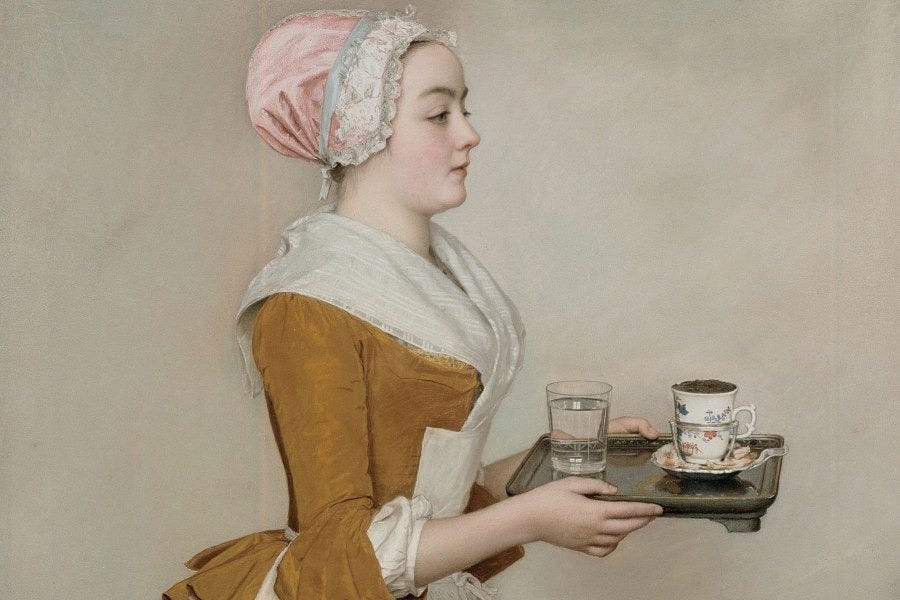
Eventually, chocolate became the darling of the world as we know her today in the 1800s and production of chocolate for consumer use skyrocketed. Its combination with sugar and milk and god knows what else has even given her a bit of a bad name as a junk food, but we know she’s so, so much more than that.
For this recipe, choose something super dark, like 70-85% if you can handle it, and with few additives, and be sure to send a thank you up to the Mexica and Nahua who spent generations cultivating this wonderful, healing food.
Dark Chocolate Tahini Bars
Makes 24 cookie bars. However many servings that is for you… is none of my business.
I adapted this recipe from A Farm Girl Dabbles’ recipe for cookie bars. I’ve also made her bars exactly as written- also incredibly delicious and worth a try!
Ingredients
2 c. +2 tbsp all-purpose flour
1/2 tsp baking soda
1/8 tsp kosher salt
12 tbsp (1.5 sticks) of salted butter (melted)
1 c. brown sugar, packed
1/2 c. white sugar
1 egg+ 1 egg yolk
2 tsp vanilla
2 tbsp tahini
1.5 c. dark chocolate chips or chunks
Sea salt flakes, for pressing on top
Process
Preheat your oven to 325. Line a 9x13 baking pan with parchment paper. I tried this once by just greasing the pan, and it was a nightmare to remove the cookie bars. Try at your own risk. The paper lets you lift them straight out of the pan once they’ve cooled.
Mix your dry ingredients- flour, salt, and baking soda. Set aside.
In a separate bowl, add your melted butter, brown sugar, and white sugar. Cream together thoroughly, until the sugar melts into the butter and becomes a cohesive mixture.
Add one egg, one egg yolk (I save the extra white to make omelets for my dogs, but do what you think is best with it.)
Add vanilla and 2 tbsp of tahini. Mix until thoroughly combined.
Fold the dry mixture into the wet mixture. The best way I’ve heard to describe “folding” is to use make a “J” motion with your spatula, turning over at the end of the letter, rotating the bowl, and doing it again.
Once your mixture is about half combined, add your chocolate. Fold in until it’s just barely mixed. Overmixing is the enemy here- it yields dense, tough cookies.
Press your cookie dough into the pan and cook for 28 minutes. It’s going to feel like they’re not done, but they are, as long as there’s a bit of browning going on on top. It can be minimal. Once you pull it out of the oven, add a few sprinkles of flaky sea salt to the top.
A quick note- taste your salt before using it. Note its level of saltiness; you
Let sit on the counter for 30 minutes; they will firm up and be cool enough to eat.
Box up and give to your loved ones, or just keep them for yourself, no judgment. You’ve worked hard this year, eat a sweet treat and put your feet up!


